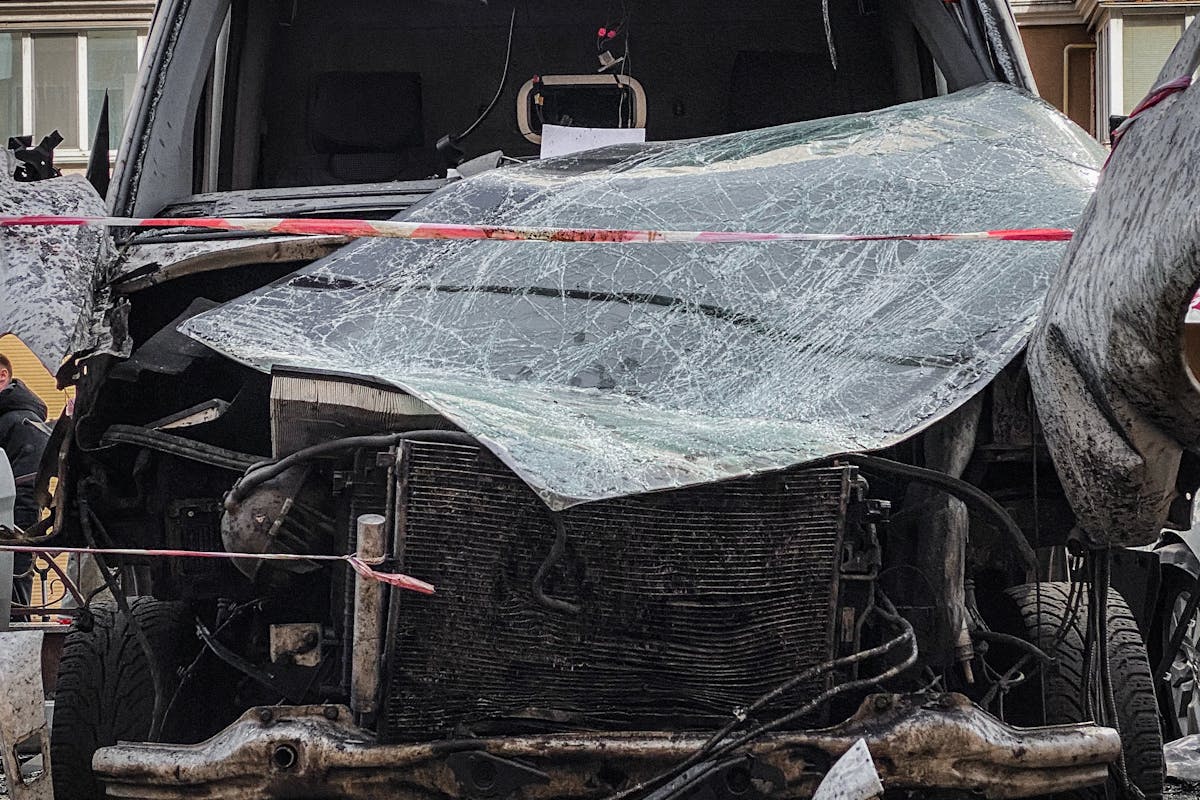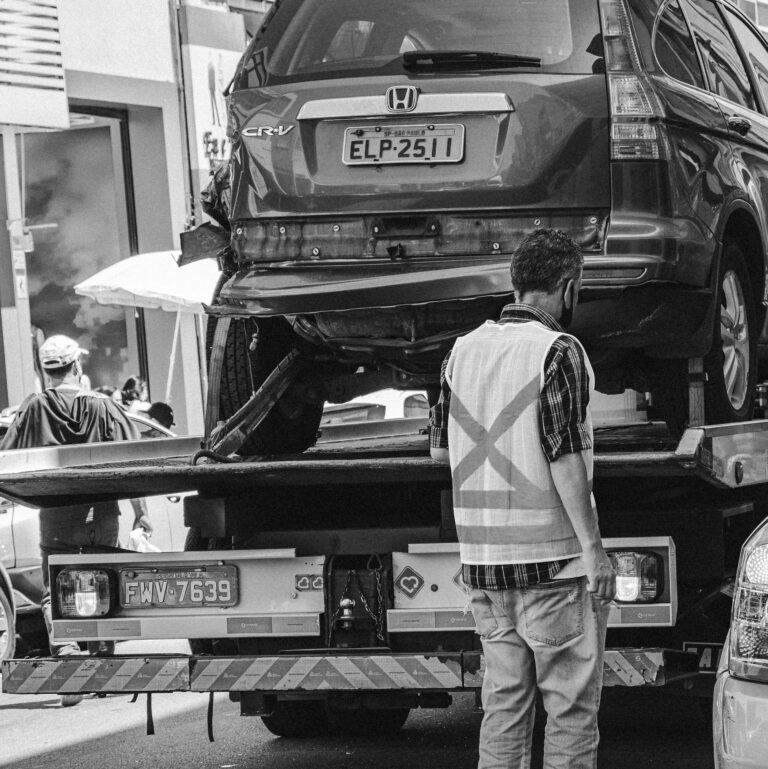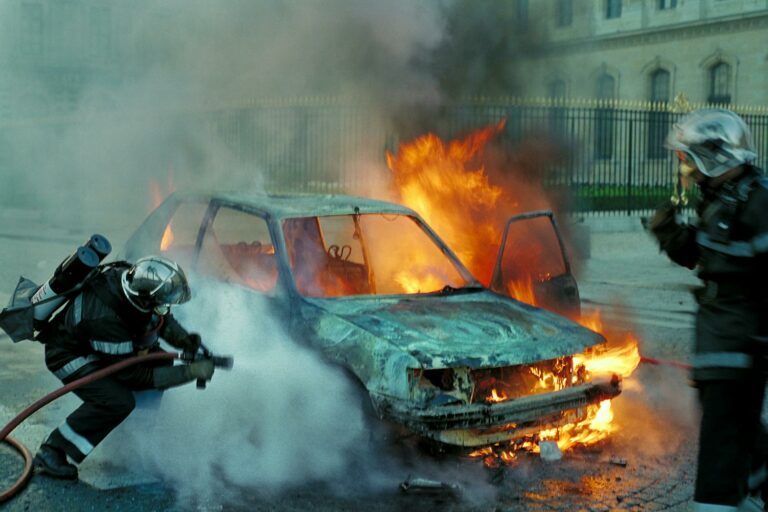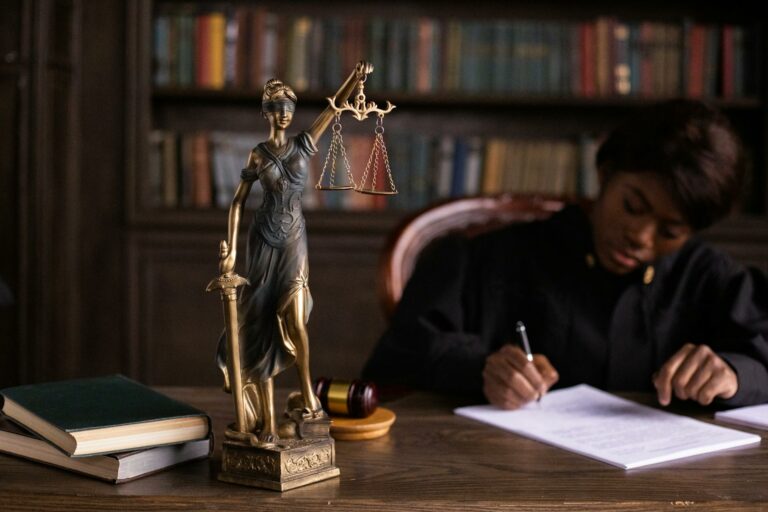Getting Into Car Accident in Friend’s Car: Who Is Liable? The Car Owner or Driver?
In an unfortunate event of a car accident involving a borrowed vehicle, determining liability can be a complex matter. Much depends on who was driving, the owner’s permission, and the specifics of the insurance policies both parties hold. While the driver is often held accountable for any mishaps, there are situations where the car owner may bear some responsibility, particularly if they knowingly lent their vehicle to an incompetent driver. Exploring the intricate dynamics of liability in such scenarios may provide valuable insights for potential future incidents.
Understanding Vehicle Liability
How does one comprehend the complex concept of vehicle liability? Essentially, vehicle liability pertains to the legal obligations imposed on vehicle owners, with respect to their duty of care towards others when operating their vehicles. It is a multifaceted concept that encompasses both civil and criminal law aspects.
Under civil law, vehicle liability involves the duty of care vehicle owners owe to other road users. This duty requires them to operate their vehicles in a reasonable and safe manner. Violation of this duty, resulting in harm to others, can lead to potential legal consequences including financial compensation for the injured party.
Conversely, vehicle liability under criminal law relates to the legal obligations vehicle owners have to comply with various regulations and laws pertaining to vehicle operation. These may include traffic rules, parking regulations, and vehicle maintenance standards. Non-compliance can result in penalties such as fines or even imprisonment.
Understanding vehicle liability is crucial for vehicle owners. It not only informs them of their legal obligations but also helps them understand the potential legal repercussions they might face for failing to fulfill these obligations. This knowledge can guide their actions and decisions, ensuring safer and more responsible vehicle operation.
Owner’s Responsibility in Car Accidents
The role of a car owner in accident liability is a substantial aspect of our discussion on the broader topic of ‘Liability in Car Accidents’. This involves an analytical exploration of the owner’s liability, which can be influenced by several factors including the driver’s actions and the legal regulations of the jurisdiction. Additionally, we will examine the implications of such incidents on the owner’s insurance policy, considering the potential for increased premiums and other financial consequences.
Understanding Owner’s Liability
Navigating the intricacies of owner’s liability in car accidents can often seem like a complex task, filled with legal nuances and specific regulations. Broadly, the concept of owner’s liability revolves around two key ideas: owner negligence and permissive use.
Owner negligence refers to scenarios where the owner of the car acted irresponsibly or negligently, contributing to the accident. This can include lending a vehicle to someone who is inexperienced, intoxicated or otherwise unfit to drive. In such cases, the owner might be held partially or fully liable for the ensuing accident.
Permissive use, on the other hand, involves situations where the owner of the car has given explicit or implied permission to another person to use the vehicle. If an accident occurs during this permissive use, the owner can be held liable, especially if they had knowledge of potential risks. For example, if the owner knew the person they lent their car to had a history of reckless driving, they could be deemed liable for any accident that person causes.
Understanding these aspects of owner’s liability is crucial in determining who is responsible in a car accident. However, every case is unique and may require legal advice.
Insurance Policy Implications
Insurance implications, in the context of owner’s liability in car accidents, present a labyrinthine world of policies and stipulations. The insurance coverage depends on the specific terms within the policy, driver authorization, and potential policy exclusions.
The claim process is initiated once an accident is reported to the insurance company. Depending on the policy, the owner’s insurance may be the primary coverage, especially if the driver is not mentioned specifically in the policy. In such cases, the owner’s liability limits come into play, determining the maximum payout for damages.
There are also considerations related to premium impacts. Following a claim, an owner’s premium is likely to increase, regardless of who was driving at the time of the accident. This is due to the perception of increased risk associated with the insured vehicle.
However, it is crucial to remember that not all insurance policies are identical. Some may include specific clauses that address situations where someone other than the policyholder is the driver during the accident. Therefore, understanding your insurance policy, its exclusions, and how it handles insurance claims is of paramount importance.
Driver’s Liability in Accidents
Now, we turn our attention to the critical aspect of the driver’s liability in accidents. This discussion will encompass an understanding of driver’s liability, the various factors that may influence this liability, and how liability may differ across diverse accident scenarios. These nuanced perspectives will provide a comprehensive understanding of how responsibility is ascertained and assigned in vehicular mishaps.
Understanding Driver’s Liability
A significant number of road mishaps lead to a critical question: who is to blame? The answer often lies in a complex process of liability assessment, with driver negligence playing a key role.
Understanding driver’s liability is crucial in such scenarios. It is important to recognize that the driver in control of the vehicle at the time of the accident is typically considered responsible. This is because the driver has a legal duty to operate the vehicle safely. If they fail to do so and an accident occurs, they can be held liable for any damages that result.
The concept of driver negligence is central to this discussion. If a driver is found to have been negligent – that is, if they failed to exercise the level of care that a reasonable person would have under the same circumstances – they could be held responsible for the accident. This could be the case regardless of whose vehicle they were driving at the time.
However, liability assessment is not always straightforward. It involves a detailed examination of the facts and circumstances leading up to the accident. The driver’s behavior, driving conditions, and any potential violations of traffic laws are all considered in this process.

Factors Affecting Driver’s Liability
Understanding the intricacies of driver’s liability brings to light the various factors that can influence its assessment in the event of an accident. Two key factors that significantly impact this evaluation are driver behavior and vehicle condition.
Driver behavior encompasses a wide range of actions and decisions made before and during the act of driving. This might include the driver’s speed, adherence to traffic rules, level of distraction, and whether they were under the influence of substances. For instance, a driver who is texting while driving and causes an accident will likely bear a significant amount of the liability.
Vehicle condition is another pivotal factor. A car in poor condition can contribute to an accident, and if it can be proven that the driver was aware of this and neglected to address it, they could be held liable. For instance, if a car’s brakes fail due to lack of maintenance and it leads to a collision, the driver might be deemed responsible.
Liability in Different Scenarios
Examining the concept of liability in various scenarios provides a comprehensive understanding of how fault is determined in car accidents. There are different scenarios that can occur when an accident happens in a friend’s car, and each situation can result in different liability outcomes.
One of the main factors influencing liability is car ownership. Whoever owns the car usually has the primary insurance coverage, which is typically responsible for initial damage costs. However, the driver’s insurance might also come into play, especially if the owner’s policy limits are exceeded, or if the driver has non-owner car insurance.
Consider the following scenarios:
| Scenario | Likely Liable Party |
|---|---|
| Driver is at fault, has permission to drive, and both owner and driver have insurance | Driver’s insurance |
| Driver is at fault, has permission to drive, but only owner has insurance | Owner’s insurance |
| Driver is at fault, does not have permission to drive | Driver, potentially criminally liable |
| Another driver is at fault | Other driver’s insurance |
| Car malfunction causes accident | Potentially the manufacturer |
Each scenario can have different liability implications, emphasizing the importance of understanding both car ownership and insurance coverage when driving a friend’s car.
Role of Car Insurance Policies
Almost every motorist possesses some form of car insurance policy, making it a critical component in the complex landscape of vehicular accidents. These policies often contain various types of coverage, one of them being collision coverage. This is particularly pertinent when an accident occurs while an individual is driving a friend’s vehicle, as it raises questions regarding who bears the financial responsibility.
Collision coverage is designed to cover repair costs for your own vehicle, regardless of who is at fault. If you’re driving a friend’s car and cause an accident, your friend’s collision coverage would typically be primary, covering damages up to the policy limits. However, if the costs exceed these limits, your own insurance may come into play, covering the excess costs.
The role of insurance policies, hence, extends beyond merely providing financial security to the policyholder. They are instrumental in determining the financial burden borne by different parties involved in an accident. Understanding these nuances is critical in navigating the aftermath of an accident, especially in scenarios where you are driving someone else’s vehicle.
[NOTE: The next subtopic will discuss the “Exceptions to the Liability Rules”.]
Exceptions to the Liability Rules
Navigating the labyrinth of liability rules in car accidents, one inevitably stumbles upon exceptions that challenge the generalized principles. These exceptions often revolve around the concepts of vicarious liability and permissive use. Generally, vicarious liability refers to the legal responsibility that a party bears for the actions of another, often based on relationships like employer-employee or parent-child. In motor vehicle accidents, this can manifest in situations where the driver is operating the vehicle in the course of employment or under the authority of a parent.
Considerations of permissive use further complicate the liability landscape. Typically, if an individual operates a car with the owner’s consent, liability may fall on the owner’s insurance policy. However, exceptions arise if the driver was engaged in illegal activities or if they deviated significantly from the scope of the granted permission.
Navigating Shared Fault Situations
Delving into the complexity of shared fault situations in car accidents, we encounter a new dimension of liability rules. Shared responsibility, a concept that is central to these cases, dictates a proportionate division of liability based on the degree of fault. This means both parties involved in the accident bear a percentage of the blame, which is determined by careful analysis of the incident.
The critical component in these cases is the accident documentation, which serves as the primary source of evidence. This documentation includes police reports, witness testimonies, and any available video footage. Accurate, thorough documentation enables a fair assessment of the circumstances leading to the accident, the behavior of both drivers, and the conditions of the roadway, among other factors.
The liability percentage attributed to each party can influence the compensation claim. For instance, if a driver is found to be 30% responsible for an accident, they may only receive 70% of the claimed damages. Navigating shared fault situations requires understanding these nuances of shared responsibility, thereby ensuring fair resolution of such cases.
Steps to Take Post-Accident
Understanding the nuances of shared fault situations is but one aspect of handling the aftermath of car accidents. The immediate aftermath requires a carefully considered sequence of steps to ensure that all parties involved are safe, and that adequate information is collected for future reference.
Firstly, securing medical assistance for any injuries is paramount. Emotional support for those involved is equally crucial, as accidents can induce shock and trauma. Concurrently, call the police to secure a police report, which serves as a vital piece of accident documentation and provides an objective third-party account of the incident.
Next, focus on vehicle recovery and securing repair estimates. This involves arranging for towing, if necessary, and contacting repair shops for an estimate of the damage. Witness statements should be collected at this stage to bolster your account of the accident.
The process of filing insurance claims should commence immediately after these initial steps. This involves contacting both your insurer and the car owner’s insurer.
Lastly, consider a legal consultation to understand the potential financial implications of the accident. This step can guide your decision-making process and help you navigate the complex terrain of liability and potential litigation.
Frequently Asked Questions
Can Car Accident Liability Affect My Credit Score?
Yes, car accident liability can potentially impact your credit score. Unpaid damages or increased insurance coverage costs may lead to financial repercussions, including debt, which if not properly managed, can negatively affect your credit rating.
How Does a Rental Car Accident Impact Liability?
In a rental car accident, liability is typically determined by the rental agreements and applicable insurance coverage. The driver may be held accountable, with potential implications on their personal auto insurance or rental insurance policies.
What Happens if Both Drivers Involved Are Friends?
If both drivers are friends, friendship dynamics and insurance implications can become complex. The liability will depend on the specifics of the accident, insurance policies, and potentially, the decisions made in a court of law.
Are There Any Specific Laws About Accidents in Company-Owned Vehicles?
Specific laws vary, but generally, liability in accidents involving company-owned vehicles depends on company vehicle policies and insurance coverage differences. Therefore, both the driver and the company could potentially be held responsible.
Does a Drivers Age or Experience Factor Into Accident Liability?
Driver’s age or experience can indeed factor into accident liability. Insurance companies often consider these elements when determining rates and responsibility, though specific liability is still primarily determined by the circumstances of the incident.






